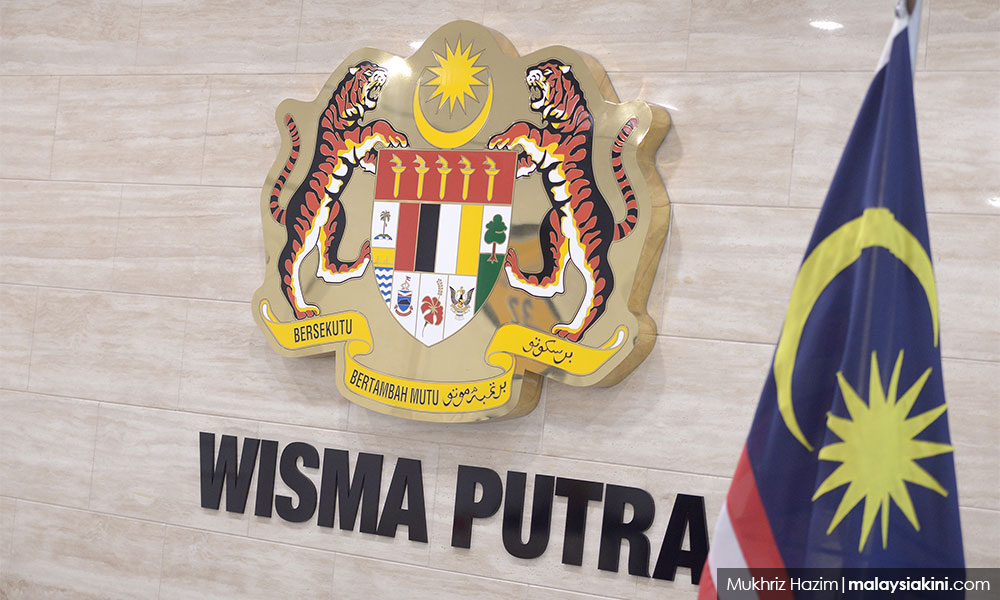Malaysia is renewing calls for dialogue on the South China Sea dispute after China published a new map of the country that includes Malaysia-claimed waters off Sabah and Sarawak.
In a statement today, the Foreign Ministry said it does not recognise China’s maritime claims as laid out in the 2023 edition of the Standard China Map published by China’s Natural Resources Ministry on Monday.
“As highlighted by the Malaysian government with regards to the South China Sea issue before this, including the issue of maritime borders, Malaysia has consistently rejected claims of sovereignty, sovereign rights, and jurisdiction by any foreign power on our country’s maritime features or territories, in accordance with the New Malaysia Map 1979,” it said.
It added that the South China Sea dispute is a complex and delicate issue that needs to be handled peacefully and rationally through dialogue and negotiations.
This should be done in accordance with international law, including the UN Convention on the Law of the Sea 1982 (UNCLOS).
UNCLOS is a set of laws on conduct at sea. Among others, it recognises several types of maritime territory that coastal nations are entitled to. Both Malaysia and China have ratified UNCLOS.
For instance, it says countries have full sovereignty for up to 12 nautical miles (22km) from their coastline (ie its territorial waters), and exclusive use of natural resources up to 200 nautical miles (370km) from the coastline.
Despite this, China has made claims on large swathes of the South China Sea that overlap with territories claimed by various Southeast Asian nations.
It also regularly patrols waters around Laconia Shoals claimed by Malaysia, which is about 100km off the coast of Sarawak and is near Malaysian oil and gas operations.
No binding agreement
Meanwhile, the Foreign Ministry said it is committed to ensure all parties would perform a comprehensive and effective implementation of the “Declaration on the Conduct of Parties in the South China Sea” (DOC).
It also said Malaysia remains committed to effective and substantive negotiations on the “Code of Conduct in the South China Sea” (COC), and that the negotiations are concluded as soon as possible.

The DOC is a 2002 declaration between Asean and China that lays down some principles for handling the South China Sea dispute pending a resolution.
It calls for the dispute to be resolved peacefully and in accordance with international law, and for parties to undertake cooperative activities such as maritime research. The declaration is non-binding, and some foreign affairs observers argue it was never implemented.
The COC is a bid to formalise the principles of the DOC into a binding agreement, but negotiations have stalled as some countries have prioritised friendly bilateral ties with China over a regional consensus.
China has also advocated resolving the dispute through bilateral negotiations with individual countries instead of striking a collective bargain with Asean.
In February, however, it was reported that China and Asean are intensifying negotiations on the COC this year. On July 13, both sides agreed on guidelines for the negotiations.
Apart from Malaysia, India has also objected to China’s new map because it includes the entire state of Arunachal Pradesh and the disputed Aksai Chin plateau. - Mkini




No comments:
Post a Comment
Note: Only a member of this blog may post a comment.